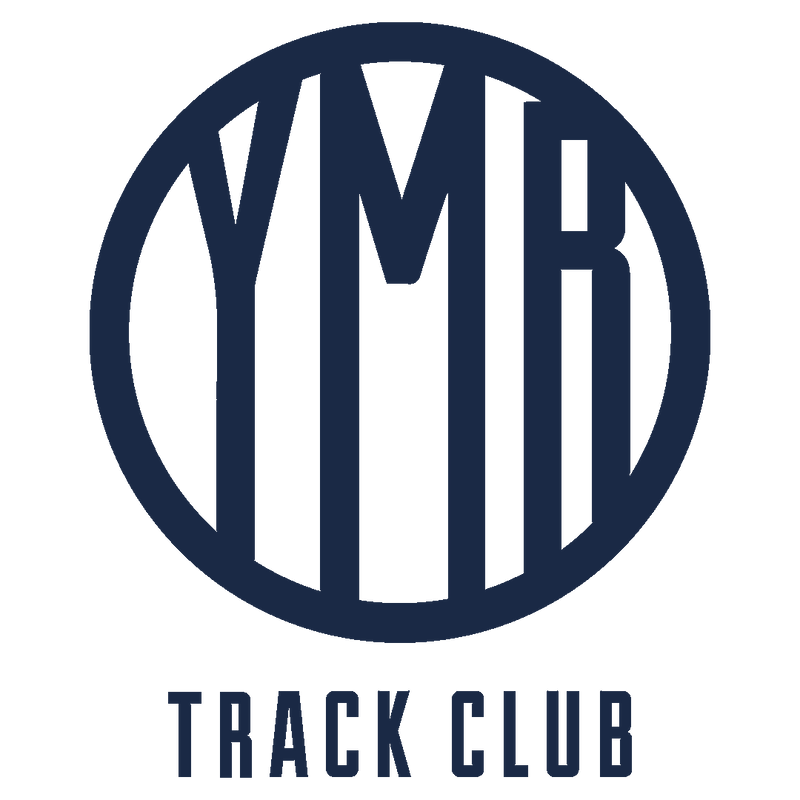
News
WORLD HEALTH DAY
READ MORE


This is a sprint training guide for runners. Sprint and running for longer distances are in many cases opposites. But if you look at the technical basics and the training that is conducted as a sprinter, there is a lot you can use in your training as a long-distance runner. Here are some tips from a sprinter to your runners.
With 10.30 as a personal record of 100 meters, I was by then the fastest in Sweden a number of years ago. No matter how much I love the memory of accelerating up to maximum speed, today I dream more of one day running a fast marathon sometime in the future. My fascination for the longer races reached a new level when I was at the Olympics in Tokyo this summer as an expert commentator for Swedish TV. Wow what achievements of the runners! However, my body is crammed with fast-twitch muscle fibers, so winning a few marathons will only remain a dream.
As a sprinter, you spend a lot of time on sprint coordination to improve posture, coordination and strengthen all the small muscles needed to maintain body position throughout an entire race. Something that is a problem for many runners when you get tired at the end of a race. Tips on some exercises to include in your training.
Different forms of combinations of heel kick and knee lift. two heel kick left, two knee lift right, two heel kick right, two knee lift left, etc. Then you change the number per leg, increase the speed and constantly make sure that you have a body position where you lie high on the sole of the foot and do not “lose” the hip. The arms are incredibly important to bring with you. The arms control the legs, which means that if you have a short arm movement, the leg movement will also be short. The different exercises also create a “movement intelligence” where after a while you learn to feel your body’s movement pattern and you can then relax more and more in your running.
It is not only coordinative exercises that are needed, but also raw strength to be able to keep up. Many people probably already do, for example, torso training, but it also requires training of the body’s small muscles in, for example, hips, calves and feet to be able to maintain the position throughout an entire race. If you want to focus on endurance in combination with body position, then knee lift series are good training. Make sure you have a good position and work with high knee lifts and active arm guidance. Start with a short distance. The most important thing is that you do not lose position! If you do, you will interrupt and start over. The speed forward is not important, but it is the design that is in focus and the speed of the movement itself. When you complete the distance, you extend. When I drove the longest I did 10x120m, which was very hard.
It has long been known that back training is good for running. Vary the slightly longer and steep slopes with flat slopes and short fast races. With a little less load, the races will be faster and another form of running will take shape.
For example, run 6×60 m and rest by only going back. These races should go fast!
Also try to find a slope that slopes easily downhill. In that type of slope, you can practice finding the rhythm of the run without catching up. The high, fine body position comes automatically and this is a good form of training to find the easy and relaxed run you want when you run the longer distances.
We have previously talked about the benefits of backstroke exercises to strengthen position and strength. The back exercises mean that you are forced to take out the movements in extreme positions and the calves and hips have to work hard. Here are some tips on exercises:
Start at the lowest level of the hedges (76cm) and go forward over the hedges. One foot in the ground, so that you go directly over the next hedge. Lie high on your foot and take out the movements. Suggested 10×10 hedges. When you have managed 76 cm, raise the hedges. Exercise number two is to walk over the hedges on the side. Here you put both feet down between the hedges and then over again with both legs over the next hedge. Run 10×10 hurdles here too and change sides after you have completed 10 hurdles.
For many, it may be a long time since they tested sprint. Getting to sprint at maximum speed can be useful when you get a different perspective on speed. It is also good muscular training when hamstring and buttock muscles are trained. However, there are risks in the form that you can easily damage these particular muscles. Therefore, it is important that you are very well warmed up before you start. Tips on sprint training for runners to get started with:
Rise race! Then you start running slowly and gradually increase the speed until you run at your maximum speed. If you are not used to this type of training, it is enough to keep the maximum speed only for ten meters. It is suggested that you can run a 6×60 meter ascent race. After a number of sessions when the body has got used to it, you can supplement with accelerations, such as 6-8x30m.
See these five tips of sprint training for runners as a complement to your other training with distance, intervals, strength training and more.
Good luck and feel free to share your training experiences with us at YMR Track Club.
//Peter Häggström Lindecrantz








